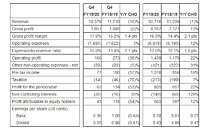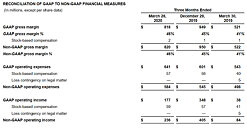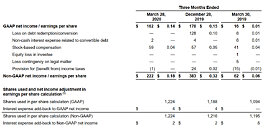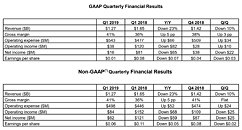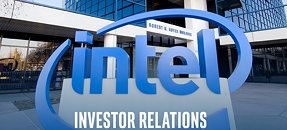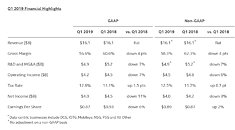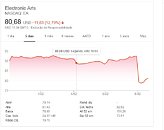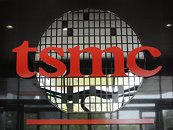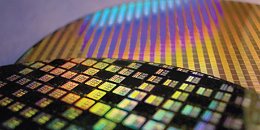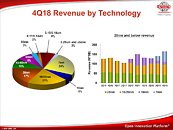
Seagate Technology Reports Fiscal First Quarter 2021 Financial Results
Seagate Technology plc (NASDAQ: STX) (the "Company" or "Seagate") today reported financial results for its fiscal first quarter ended October 2, 2020. "Seagate delivered solid September quarter results supported by strong recovery in the video and image applications market and healthy cloud data center demand, which drove double digit year-over-year revenue growth for our mass capacity storage solutions. We see indications for Enterprise demand to improve and we expect this to continue as the broader markets gradually recover, supporting our positive December quarter outlook and reinforcing our revenue expectations for the fiscal year," said Dave Mosley, Seagate's chief executive officer.
"Demand for data continues to explode, even through this current period of market uncertainty. As a leader in mass data management, Seagate is executing a technology roadmap focused on helping customers put their valuable data to work. We are on track to ship our first HAMR drives for revenue in December, which is an important industry milestone to support the growing need for mass capacity storage. We also have introduced CORTX, an open-source, object-storage software, along with Lyve Rack that together offer enterprises a simple, secure and efficient way to manage massive volumes of data. These developments illustrate our confidence in identifying and capturing future growth opportunities, and we are further underscoring the confidence in our strategy and long-term cash generation abilities with a 3% increase in our quarterly dividend and a $3 billion increase to our existing share repurchase authorization."
"Demand for data continues to explode, even through this current period of market uncertainty. As a leader in mass data management, Seagate is executing a technology roadmap focused on helping customers put their valuable data to work. We are on track to ship our first HAMR drives for revenue in December, which is an important industry milestone to support the growing need for mass capacity storage. We also have introduced CORTX, an open-source, object-storage software, along with Lyve Rack that together offer enterprises a simple, secure and efficient way to manage massive volumes of data. These developments illustrate our confidence in identifying and capturing future growth opportunities, and we are further underscoring the confidence in our strategy and long-term cash generation abilities with a 3% increase in our quarterly dividend and a $3 billion increase to our existing share repurchase authorization."












